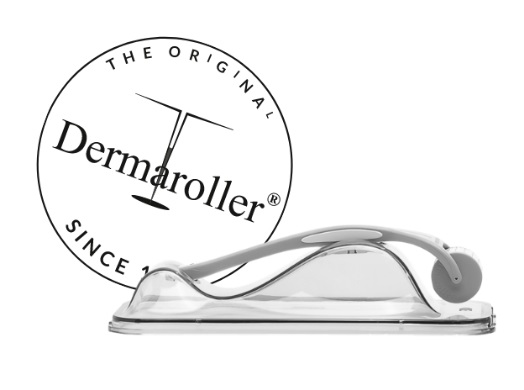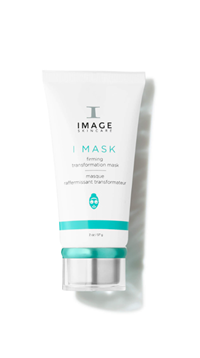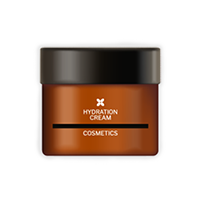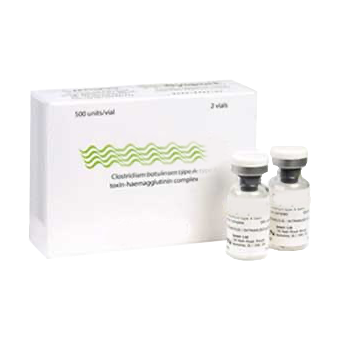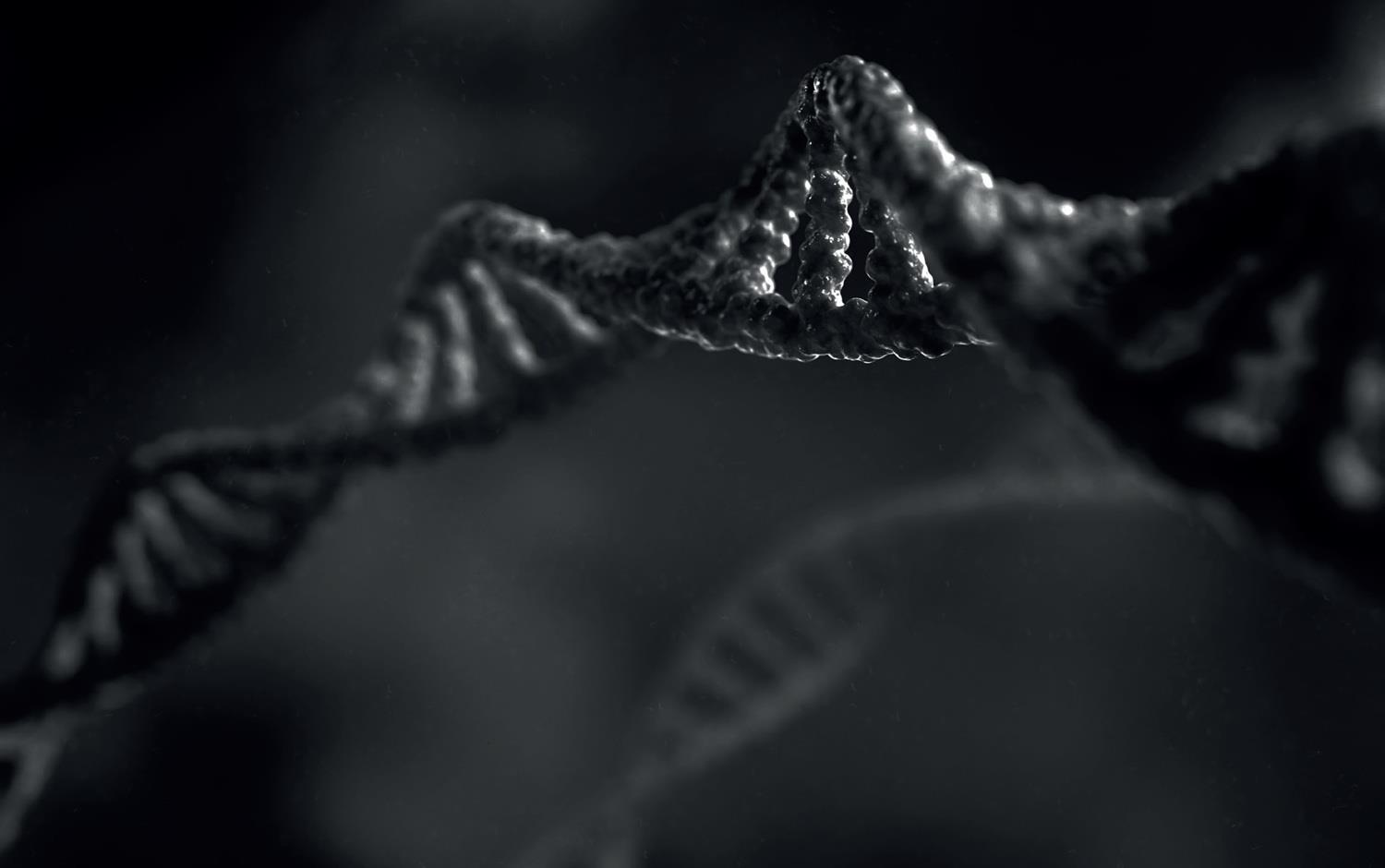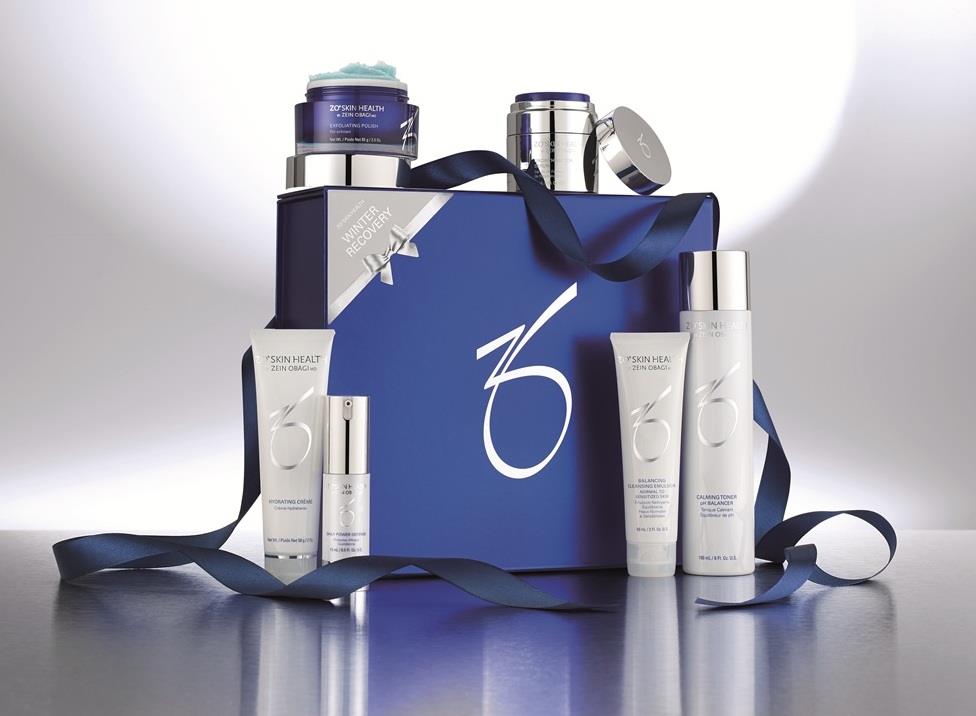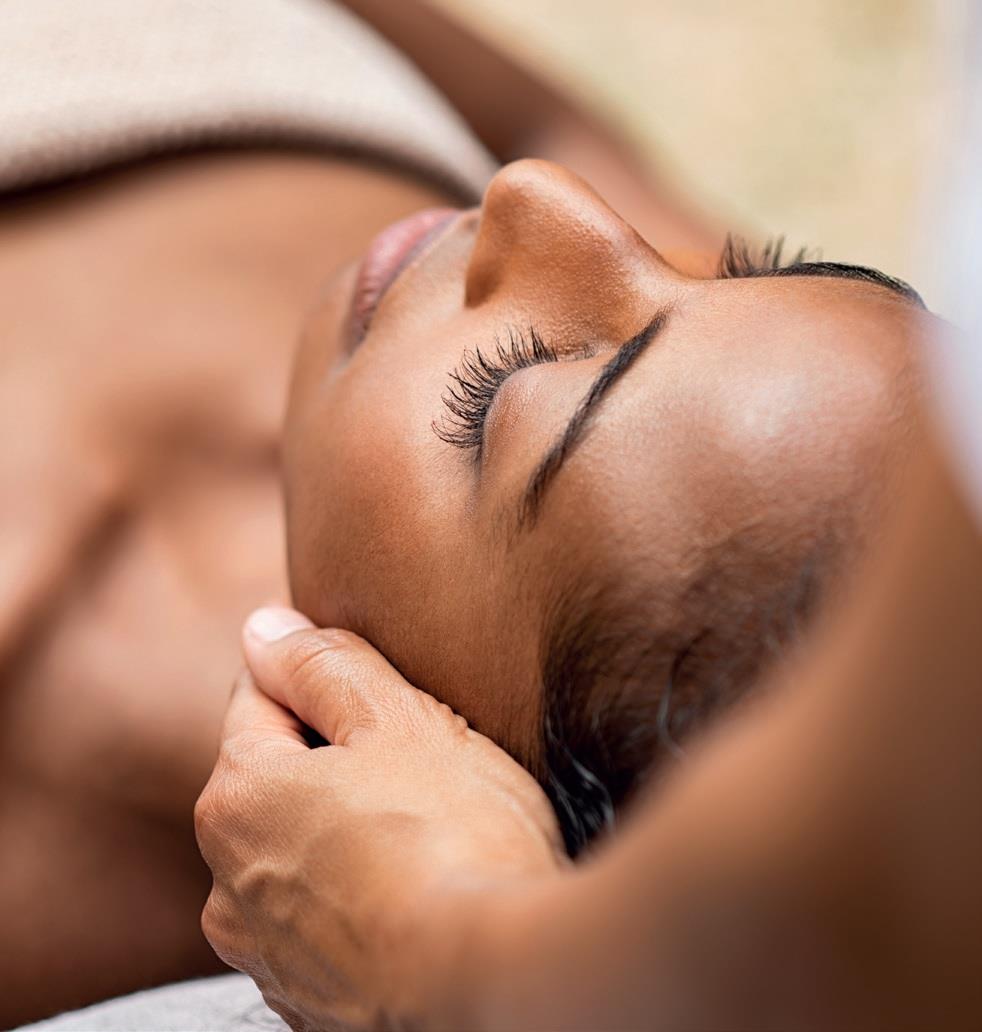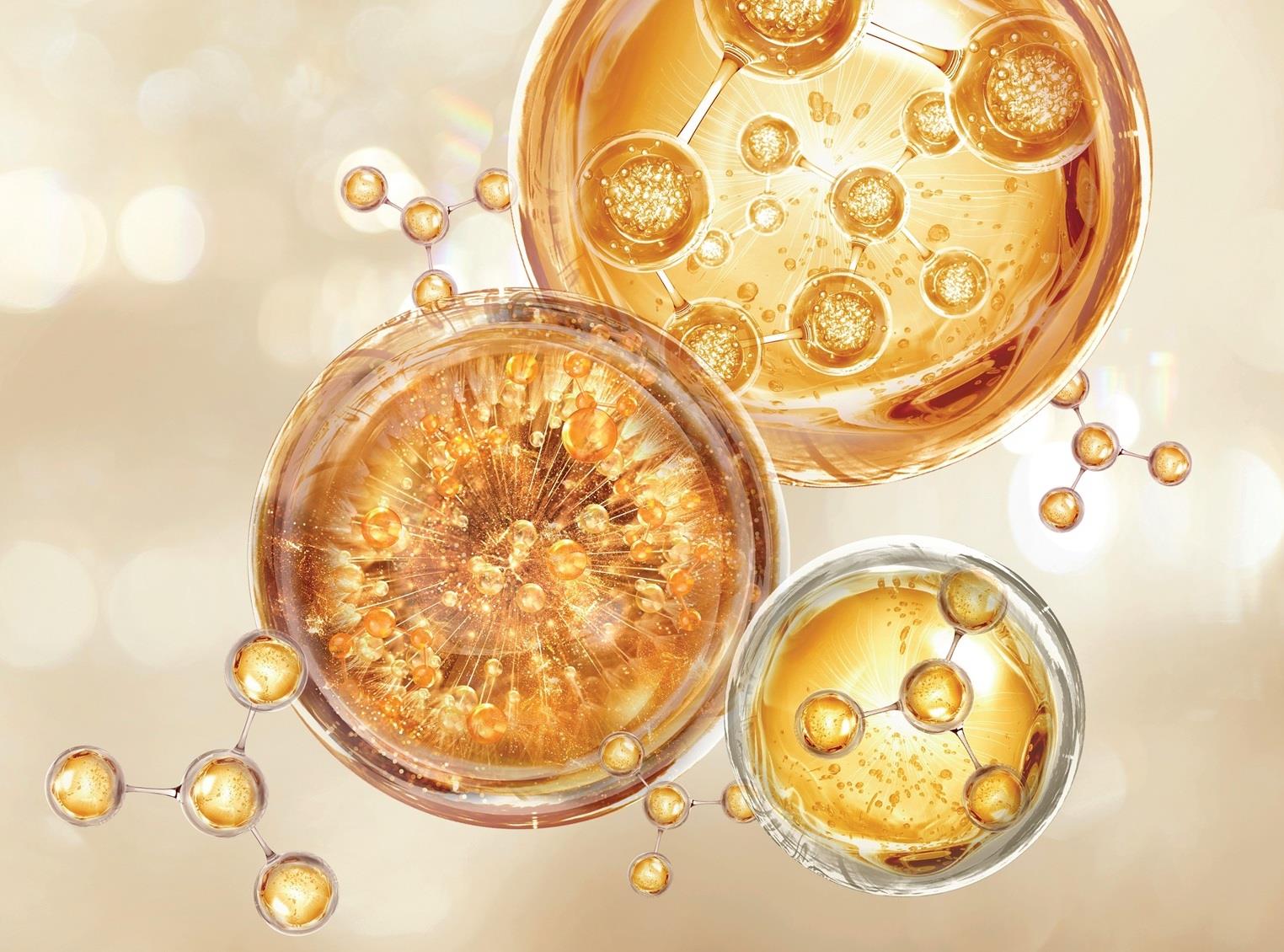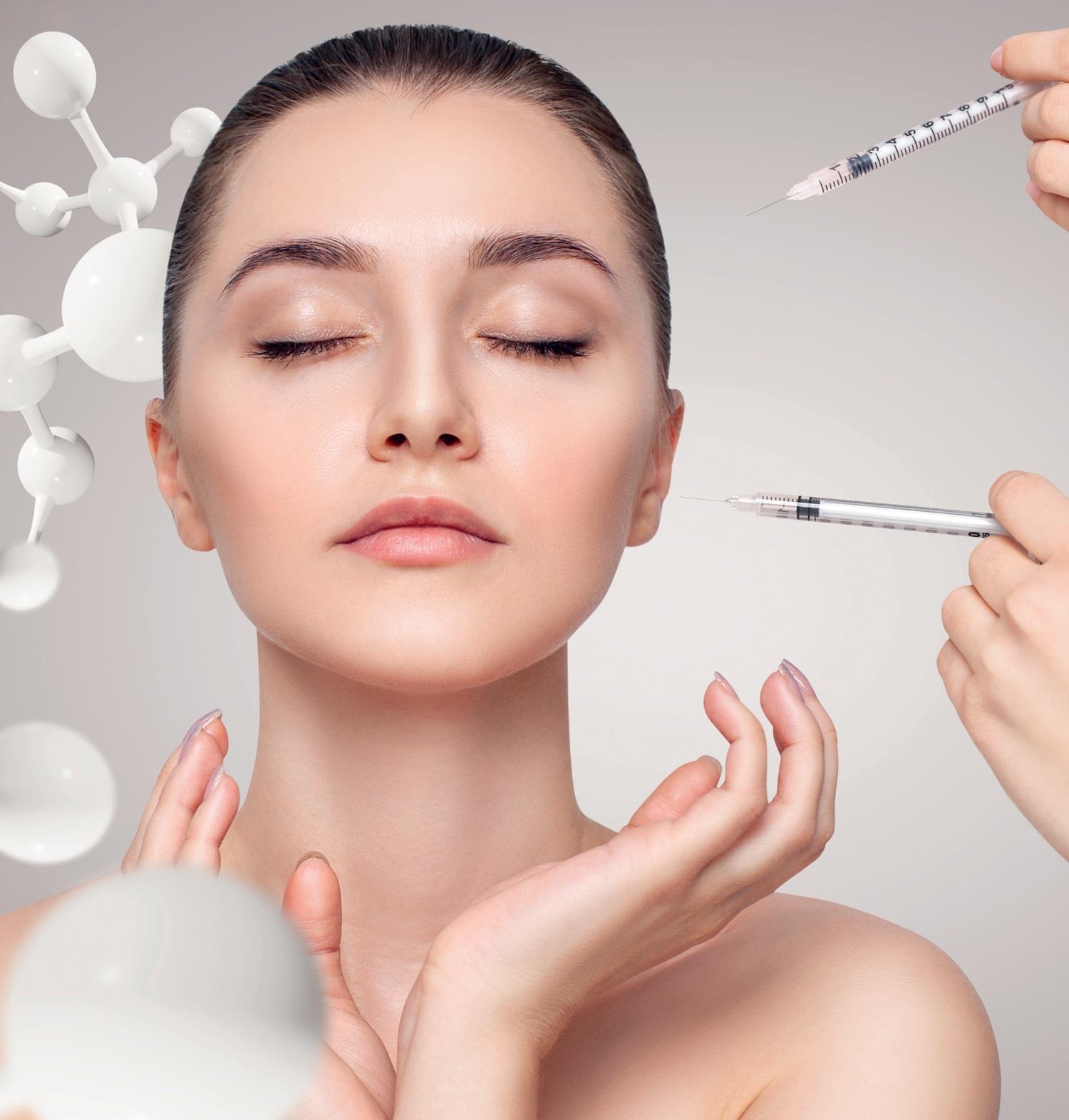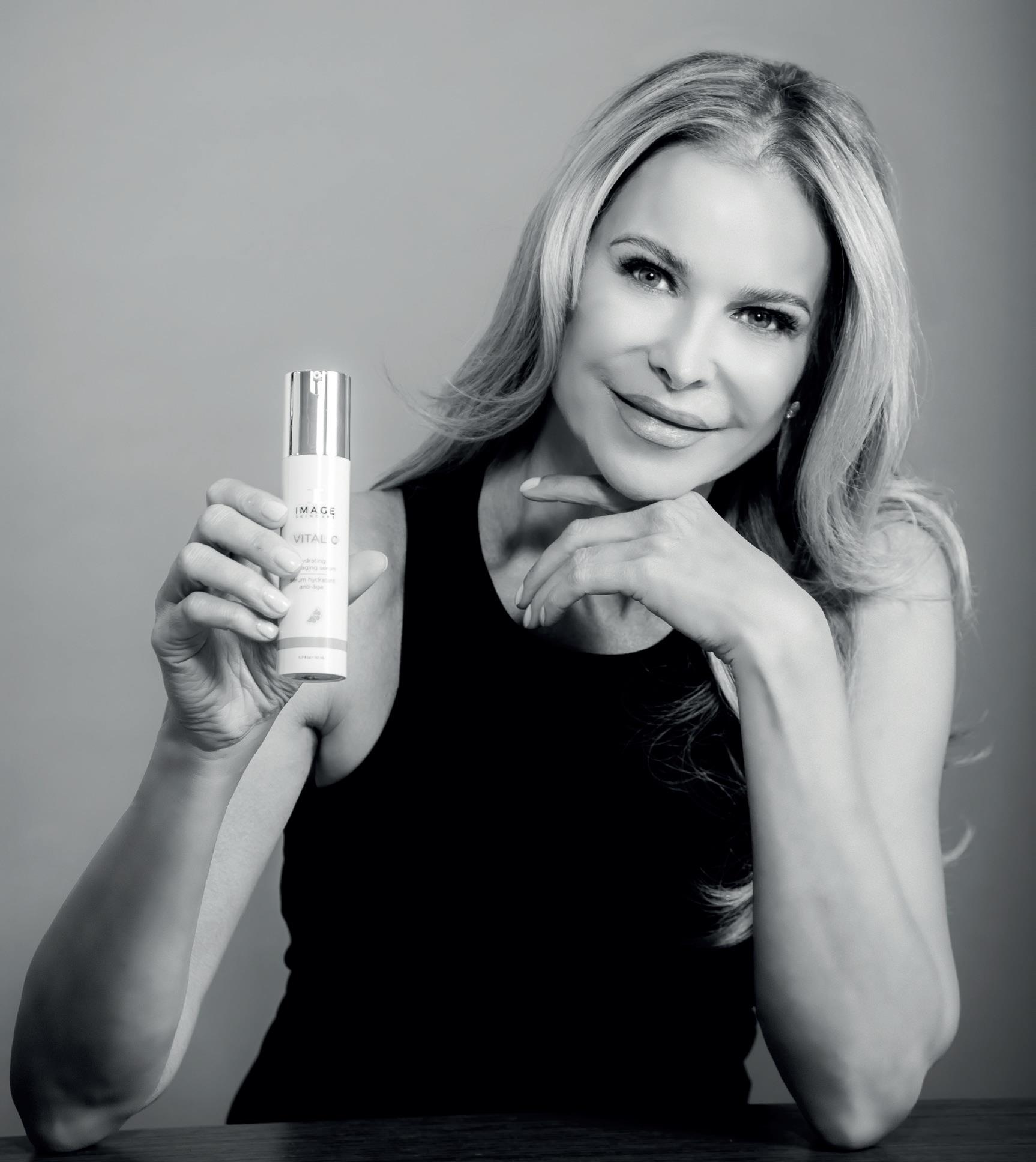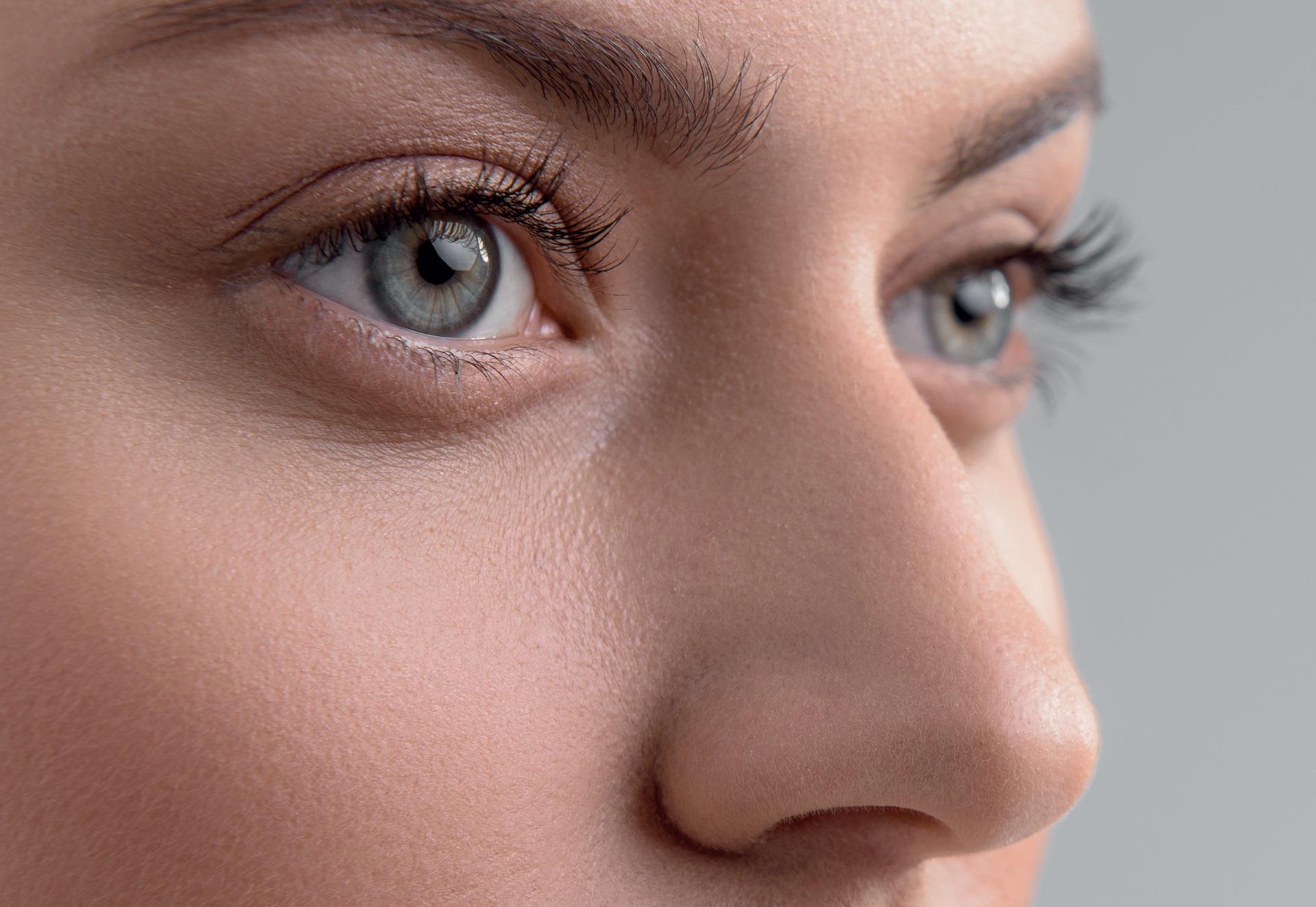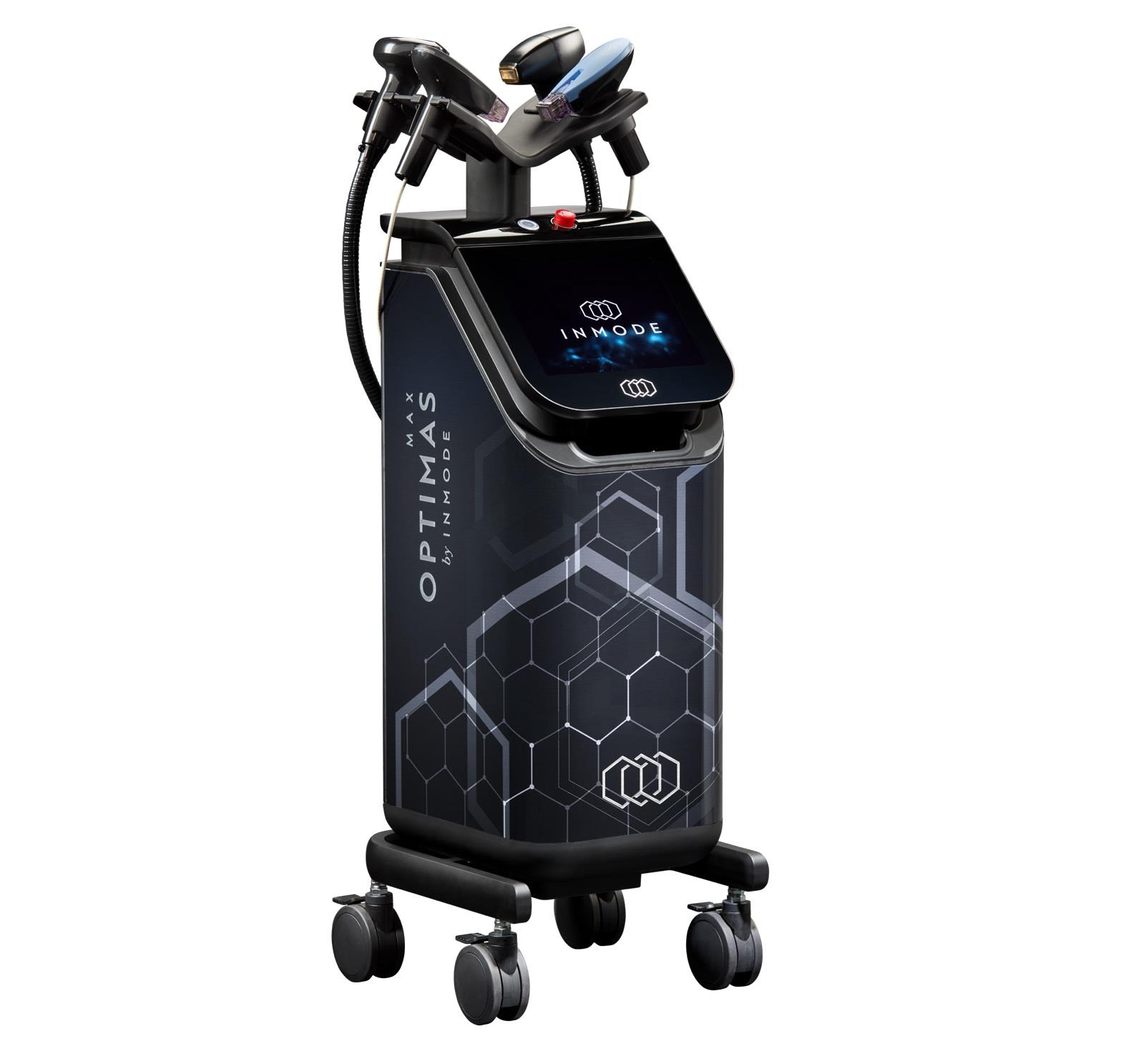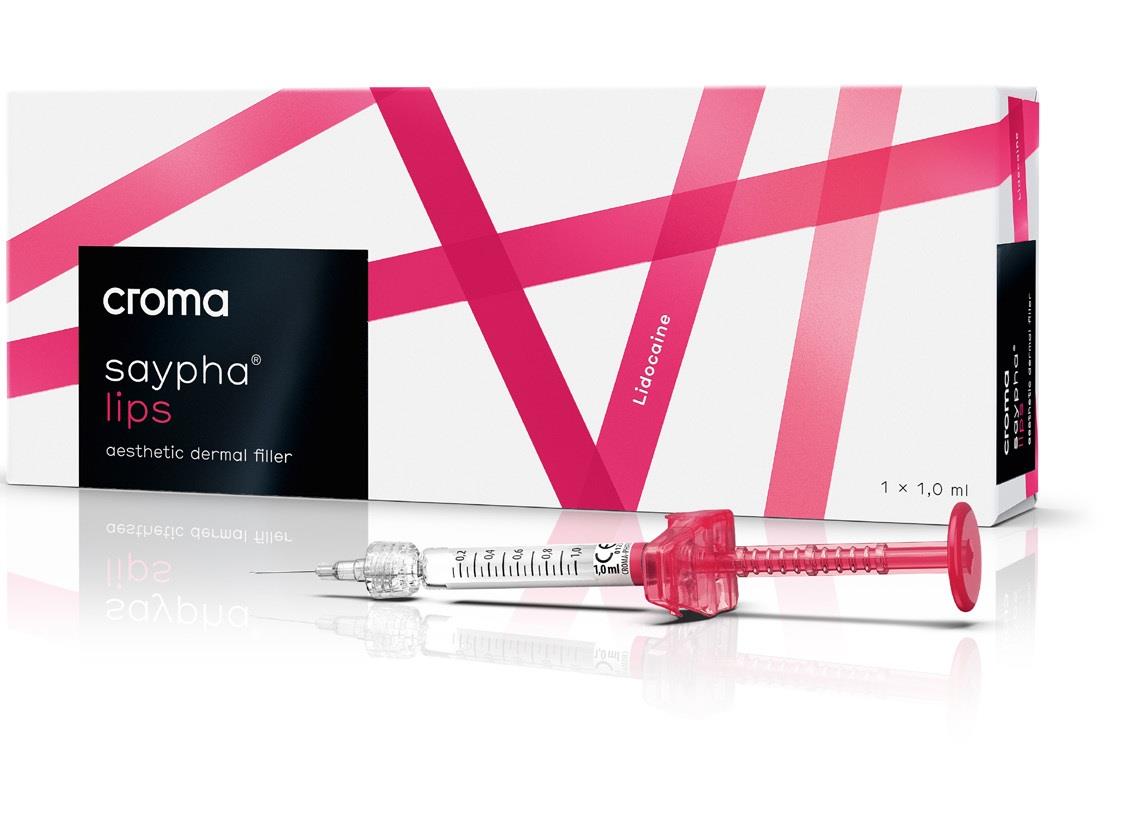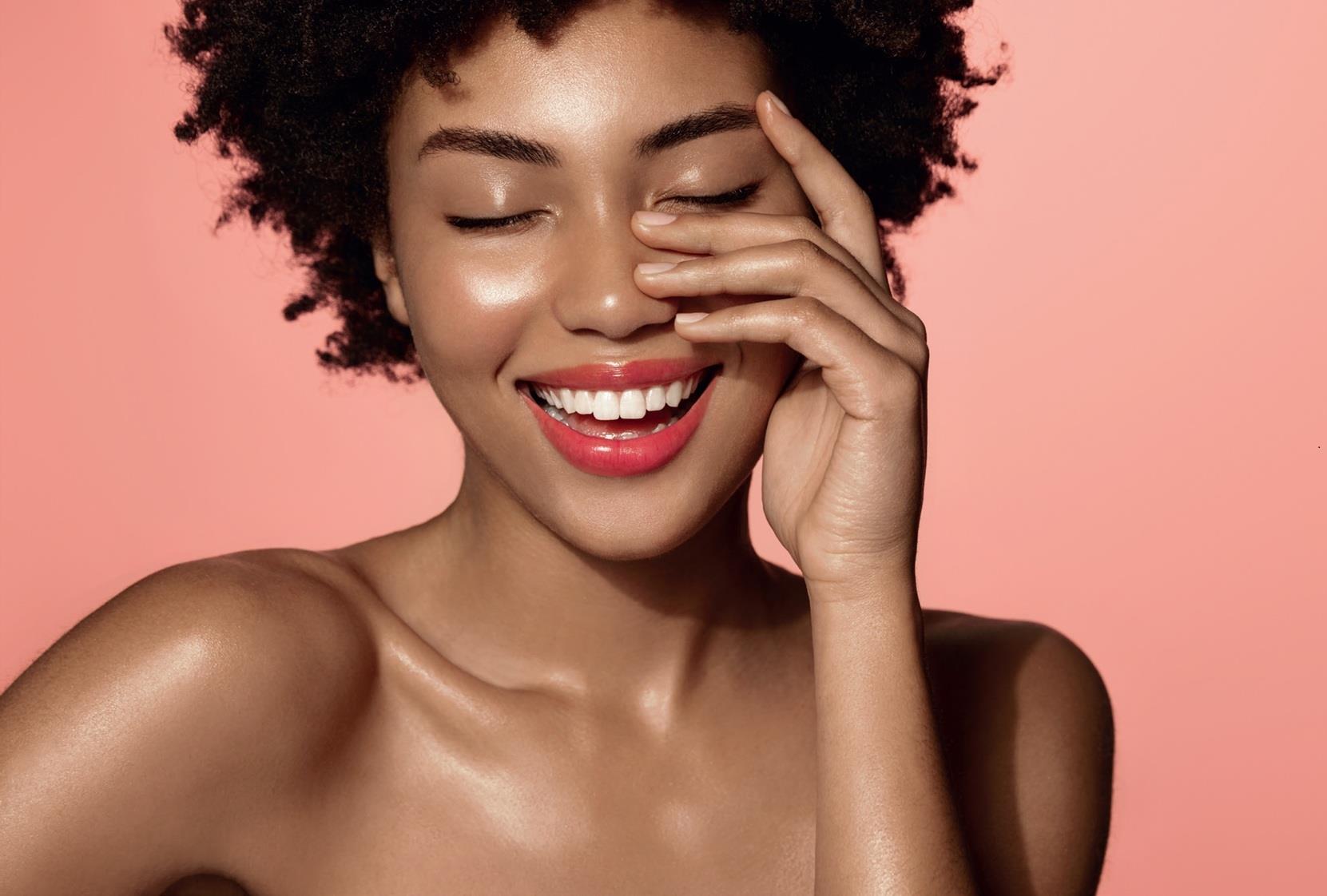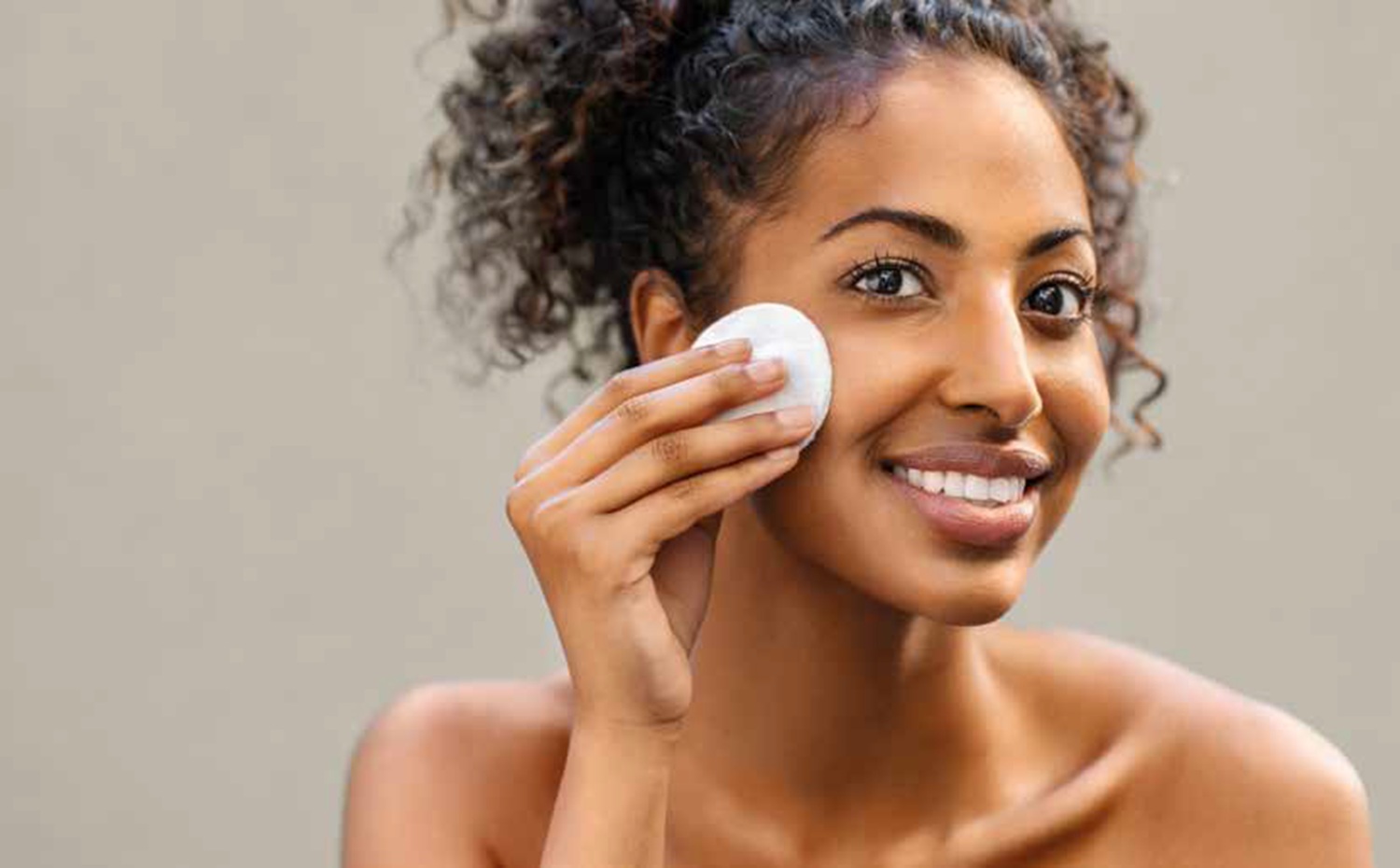
Affecting people of all ages and ethnicities, acne doesn’t discriminate and I should know—having dealt with breakouts since my early teens, I can’t count how many times I’ve wished it would leave me be. And as someone of mixed-Black heritage with a Fitzpatrick IV skin tone, getting spots is only half of the problem. The aftermath—persistent dark marks, uneven tone, and hard to treat scarring—lasts far longer than the blemishes that caused them.
Experts stress the importance of effective, tailored management of acne in those with Black and brown skin, to help avoid a lasting impact on the complexion.
So, I’ve grilled two of the best and here are their tips on how to effectively treat acne and the fallout in Black and brown skin.
Acne explained
At its core, acne is an inflammatory condition of the skin. “It develops when the pores become clogged with oil, dead skin cells and bacteria, leading to spots,” explains Consultant Dermatologist Dr Sharon Belmo. “There’s different types of acne, depending on the spots you develop. Comedonal acne shows up as blackheads and whiteheads, inflammatory acne as pimples and pus-filled spots, and nodulocystic acne as deep painful bumps or cysts.”
Etre Vous Expert, Advanced Aesthetician and Ace Skin Clinic Founder, Corina Mihalache adds that four main factors drive the process—excessive sebum, disrupted skin cell turnover, bacterial overgrowth and inflammation. “Hormones, stress, genetics and lifestyle all play a role too, which is why no two cases look exactly the same,” she says. However, when it comes to Fitzpatrick skin tones IV to VI, what you can expect is a dose of post-inflammatory hyperpigmentation (PIH).
Skin of colour and hyperpigmentation
Just like most skin conditions, how and why they present doesn’t change depending on your skin tone, but its impact can look and feel different, and this is completely the case when it comes to acne.
“Inflammatory lesions such as pimples, pus-filled spots and cysts are particularly problematic, because they carry a high risk of leaving behind dark marks or raised scars,” says Belmo. This is because pigment producing cells, aka melanocytes, are more active in dark skin tones. “Any inflammation, even a small pimple, can trigger excess melanin production, leading to dark spots that may persist long after the acne heals—this is called post-inflammatory hyperpigmentation,” explains Belmo. Deeper inflammation can also stimulate abnormal collagen changes, making keloid or hypertrophic scars more likely.
Why the condition is underestimated
Interestingly, the severity of acne and level of inflammation in Black and brown skin can often be underestimated by facialists and aestheticians, “because it doesn’t always present with the same bright red flush as in lighter skin,’ explains Mihalache. “The lesions may look less angry on the surface, but the underlying inflammation is often just as severe, if not more so, and that makes scarring and pigmentation even more likely.”
Another hurdle is that PIH itself is sometimes mistaken for ongoing acne. “This leads to it being under treated, which can result in more scars and pigmentation,” reveals Belmo. And without the correct diagnosis and proper advice, treatment protocols can do more harm than good.
The actives that work
However, when you can tell the difference between acne and PIH, how do you treat them, when they very often present simultaneously? For Belmo, the mainstays include topical retinoids to unclog pores and regulate cell turnover, azelaic acid to calm inflammation while reducing pigmentation, niacinamide for barrier support and evening out tone, and benzoyl peroxide in low strengths to limit bacteria.
Other acids worth trying, according to Mihalache, are “mandelic acid for its antibacterial properties, and ability to gently exfoliate without stripping the skin or triggering irritation, making it ideal for darker skin that’s prone to dryness or sensitivity. For oilier skin types, I often use salicylic acid in lower concentrations (around 2%). As it is oil soluble, it can penetrate deep into the pores to unclog, reduce sebum and fight acne-causing bacteria without overstimulating the melanocytes.
When it comes to non-inflammatory acne such as blackheads and whiteheads, alpha hydroxy acids like glycolic and lactic acid are an excellent choice; used carefully (often in cleansers), they help dissolve the bonds between dead skin cells, improving texture and preventing clogged pores.
Both experts caution against overuse of aggressive actives—hydroquinone, strong peels, and high-potency retinoids can all worsen pigmentation if misused. “The guiding principle is always to treat acne effectively, but never at the expense of barrier health,” says Mihalache.
“the severity of acne and level of inflammation in Black and brown skin can often be underestimated by facialists and aestheticians.”
Sunscreen is non-negotiable
Never skip daily sun protection. “UV exposure darkens PIH and slows fading,” says Belmo. “Visible light also worsens pigmentation, which is why I often recommend mineral sunscreens, as they protect against both UV and visible light.” So, despite the fact that Black and brown skins have a higher level of natural sun protection than their white counterparts, “without sunscreen, we’re essentially working backwards—it’s one of the most effective tools we have to prevent PIH from becoming stubborn and long-lasting,” stresses Mihalachi.
Pro treatments for Black and brown skin
In clinic, gentle approaches yield the best results. “Chemical peels are often my go-to when treating acne in Black and brown skin, but I stick to superficial peels with ingredients like salicylic acid, azelaic acid, mandelic acid, or gentle retinoids,” shares Mihalache. “These not only target acne but also help regulate pigmentation when combined with melanin regulators such as tranexamic acid or cysteamine. I avoid deep or aggressive peels like high-strength TCA, as they carry a significant risk of post-inflammatory hyperpigmentation in darker skin.”
Mihalache also finds that facials combining gentle exfoliation, hydration, and transdermal delivery of brightening actives like a HydraFacial with antiinflammatory serums, are a great way to clear pores while calming the skin.
“LED light therapy is another favourite of mine, as red light soothes inflammation and supports healing. And I’m a big fan of TargetCool as it allows me to deliver active ingredients deep into the skin without irritation, using cooling CO2 to calm inflammation at the same time. The focus with skin of colour is always on achieving results while protecting against trauma and long-term pigmentation, and these treatments give me that balance,” she says.
It’s also worth knowing what to avoid, stresses Belmo. “Aggressive resurfacing lasers, deep chemical peels, and ablative laser treatments should be avoided or approached with caution, as they carry a high risk of PIH. Laser settings must always be adjusted for darker skin types and the correct lasers should be chosen.” However, in some cases, laser treatments should be avoided altogether.
Consistency is key
While professional treatments can accelerate results, the foundation is still at-home care. “A consistent routine is the cornerstone,” says Belmo. Opt for gentle cleansing, targeted actives, good hydration inside and out, and daily sun protection, and clearer skin can be more than a pipe dream.
“Black and brown skin isn’t difficult to treat,” says Mihalache. “It simply responds differently. With patience and pigmentation-aware strategies, acne can be managed effectively.”
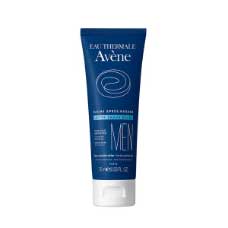
 Added to basket
Added to basket

 Unapplied Changes
Unapplied Changes


